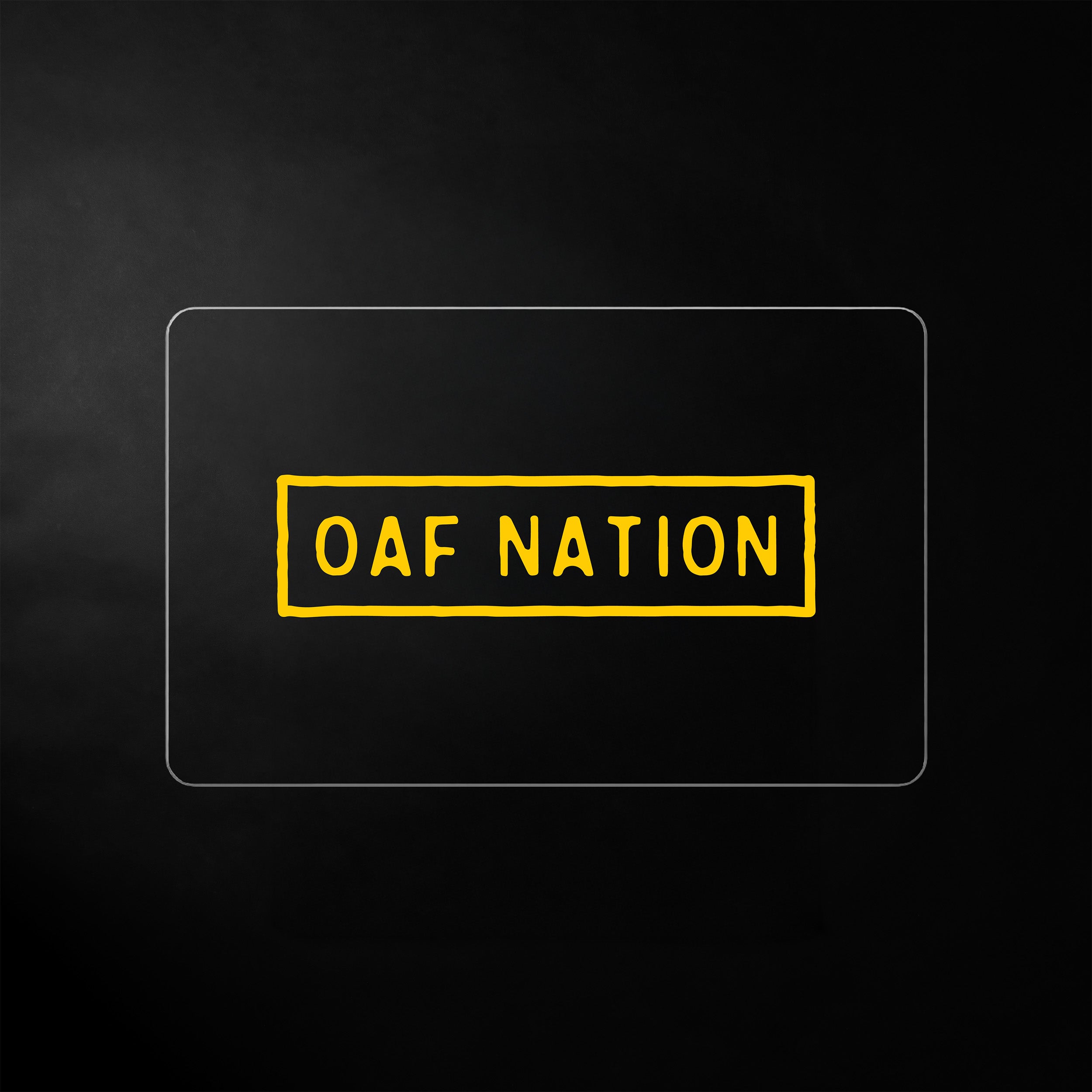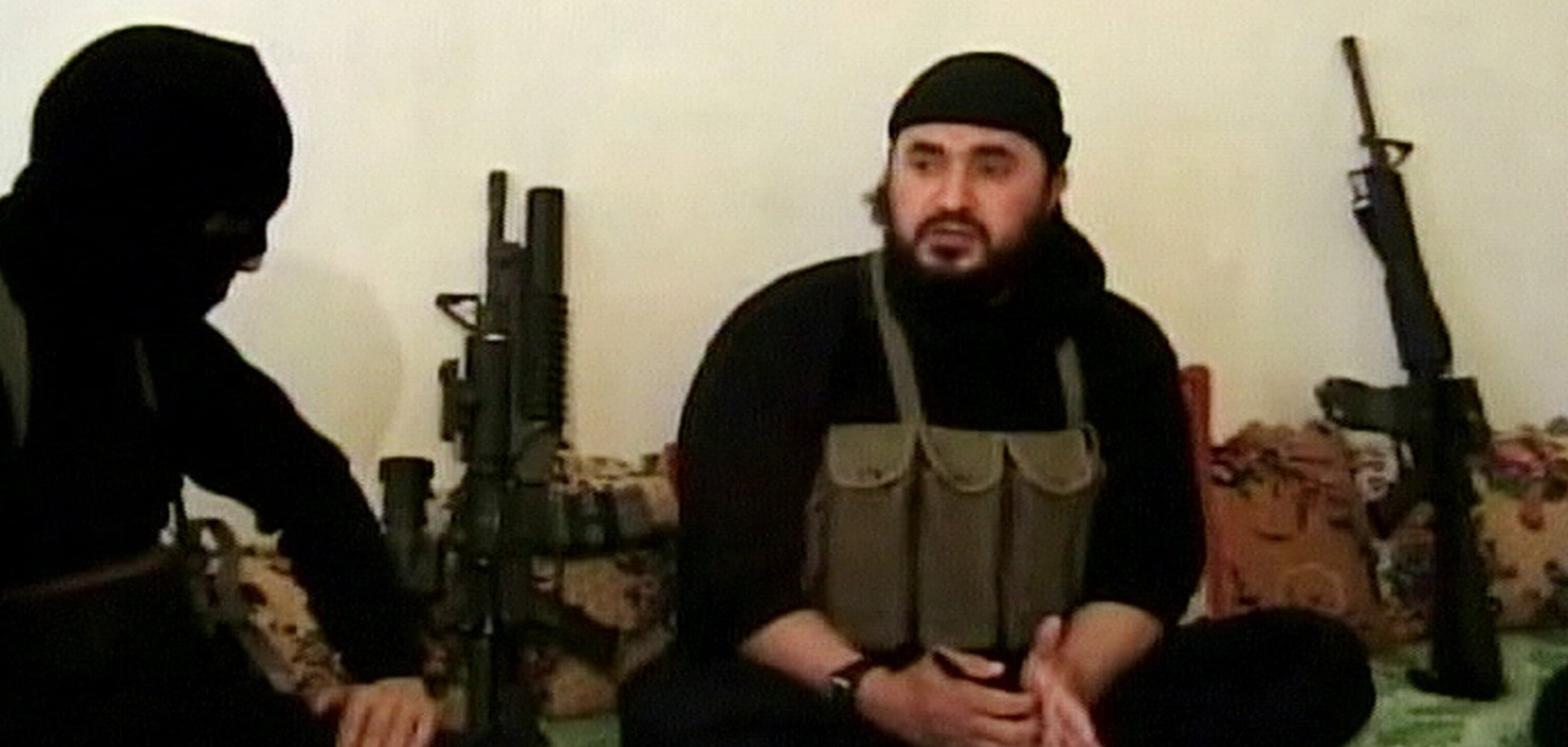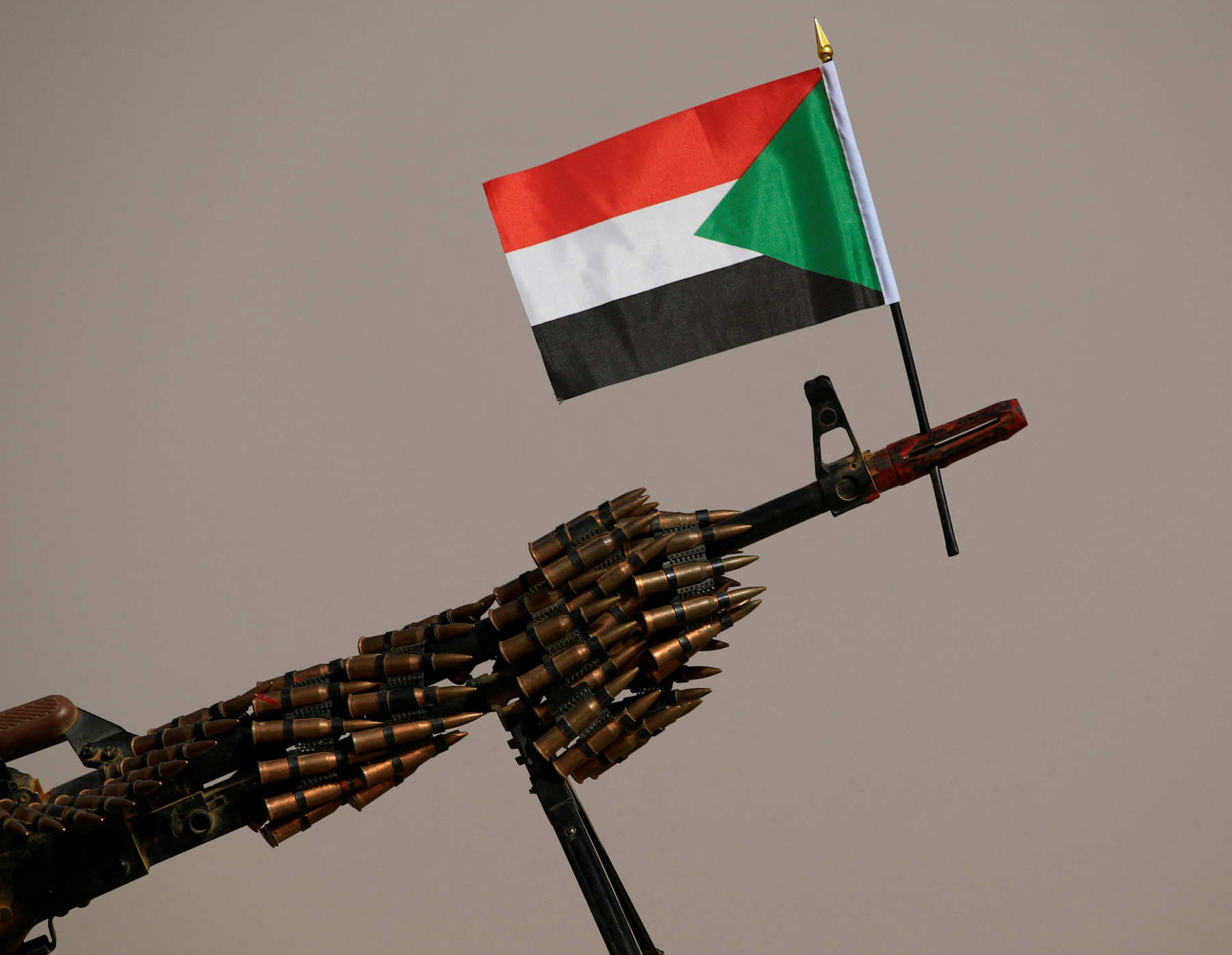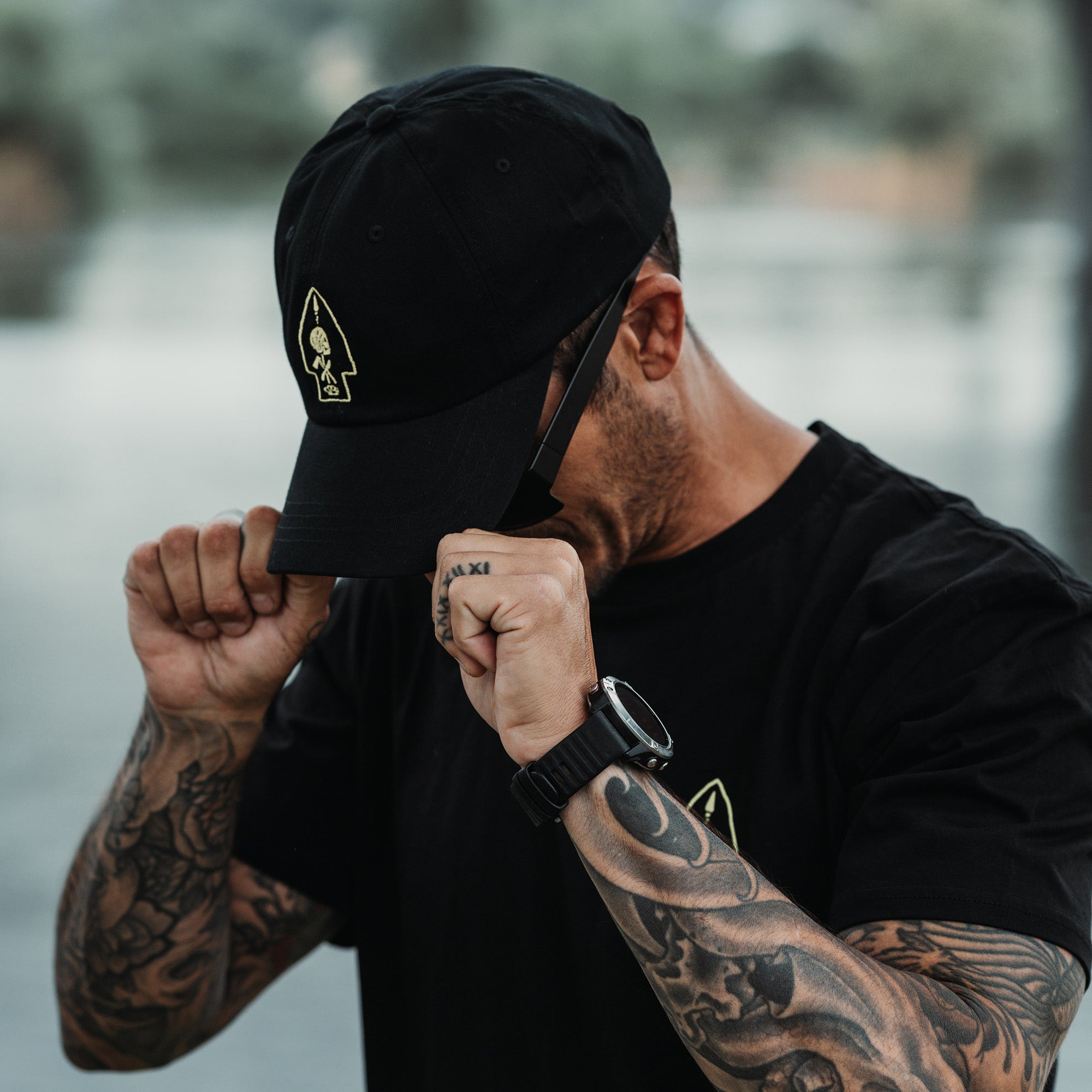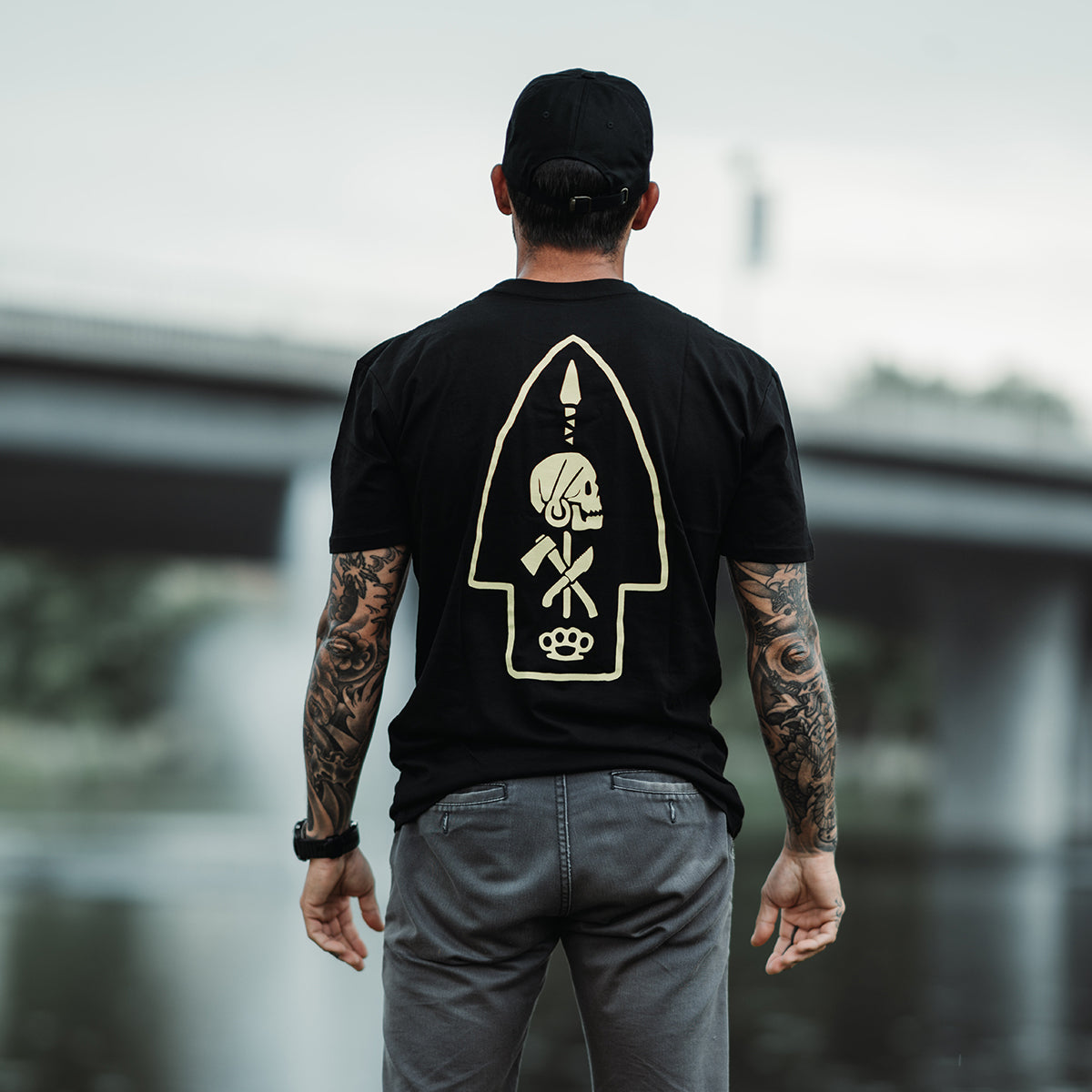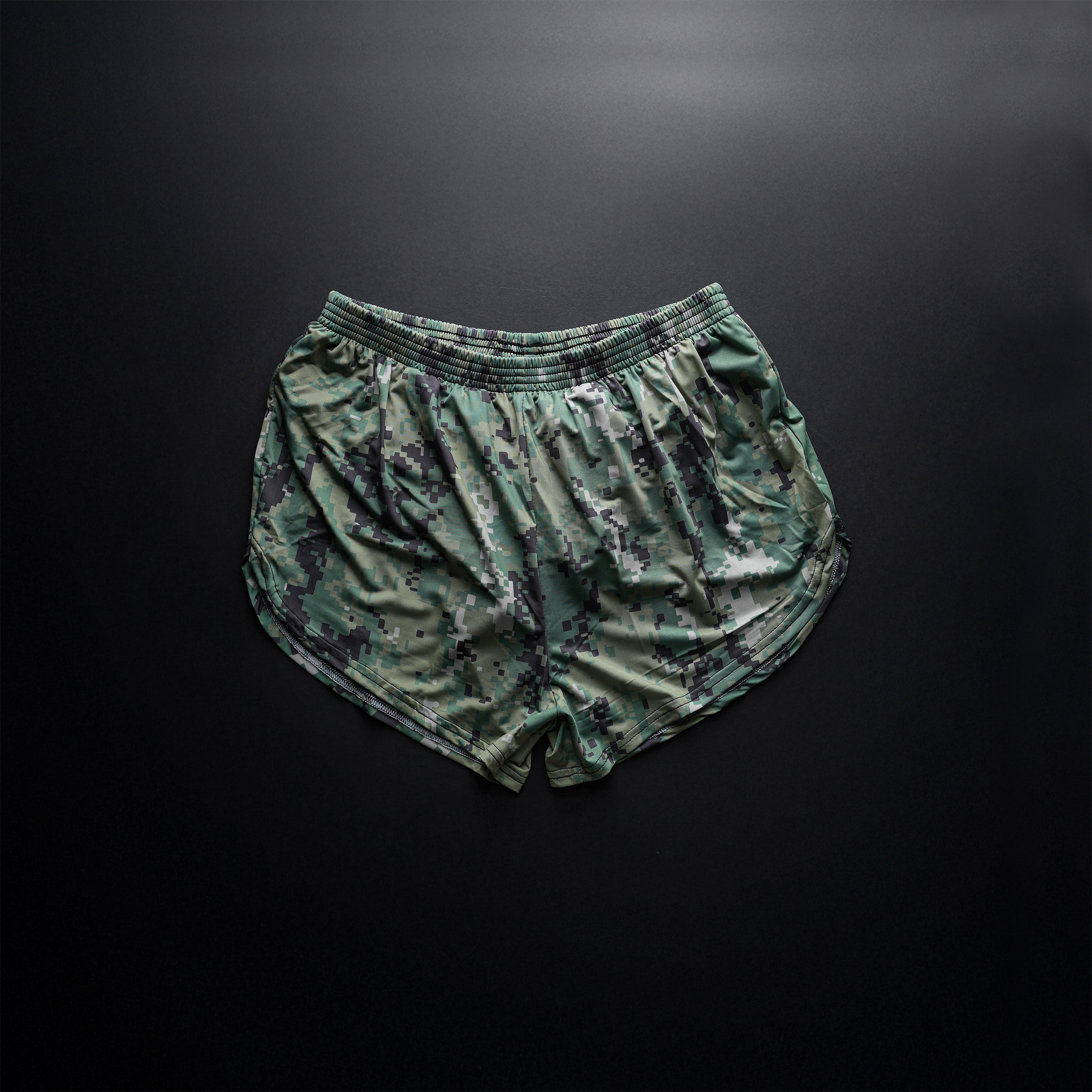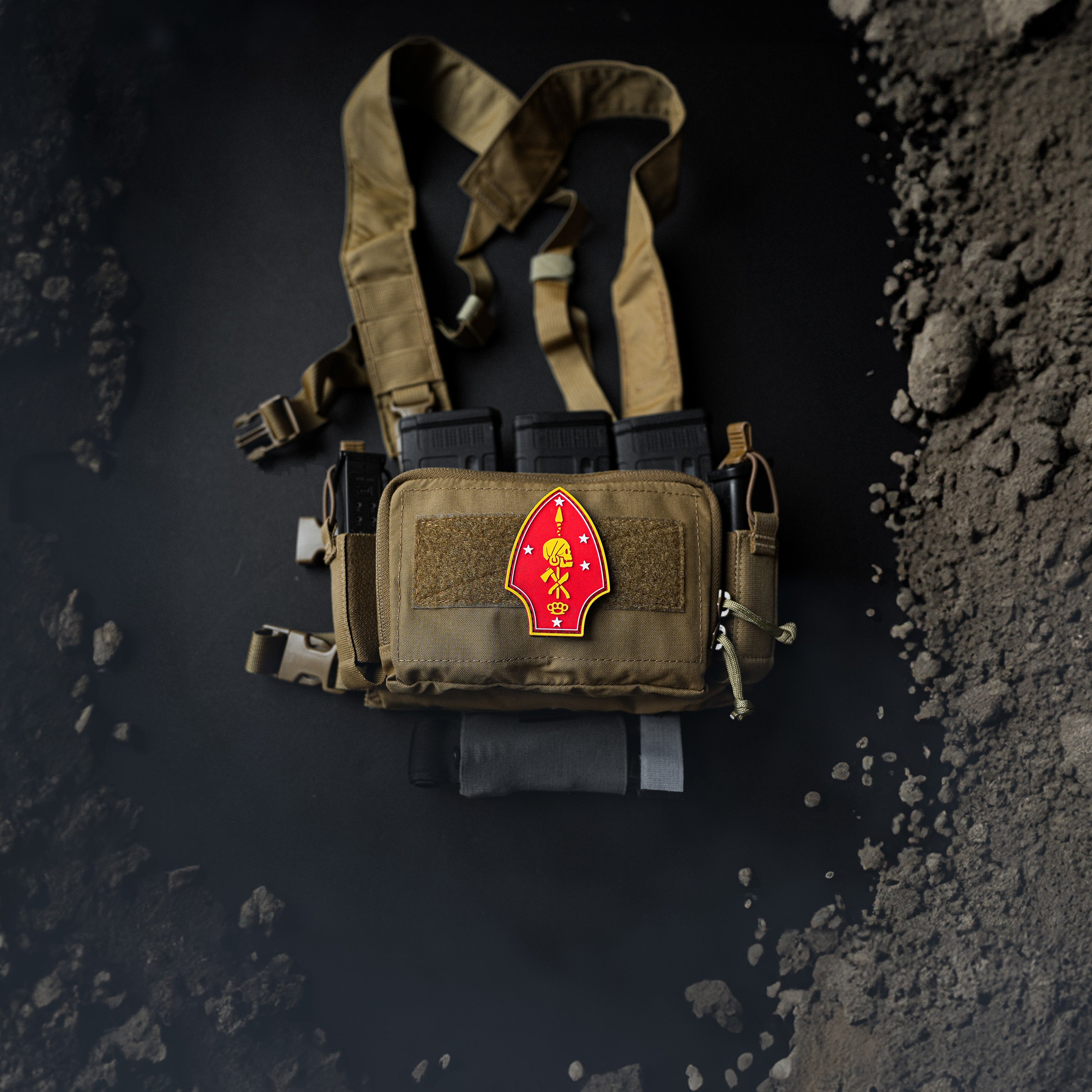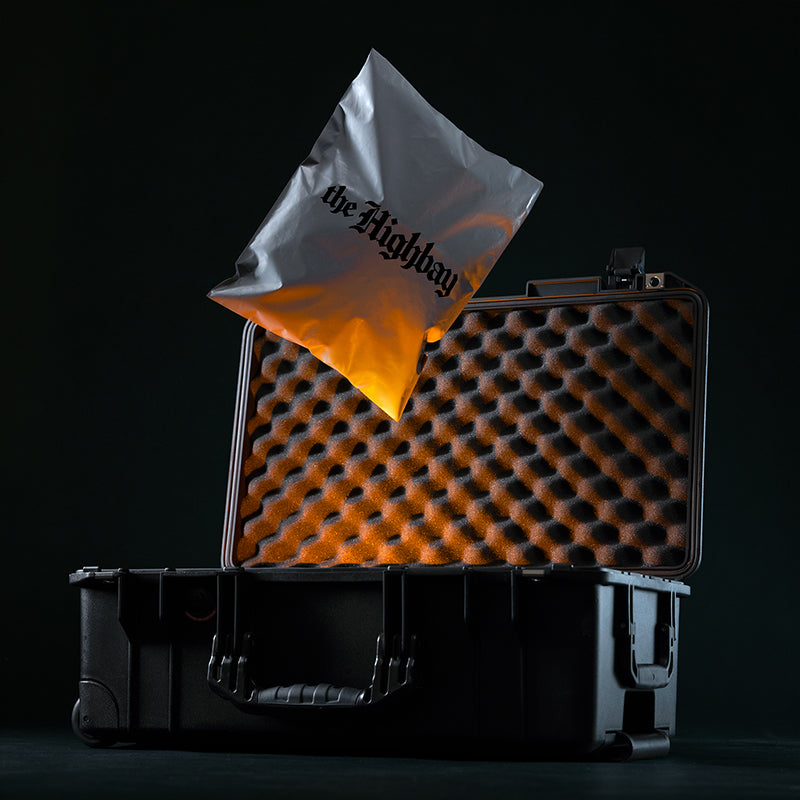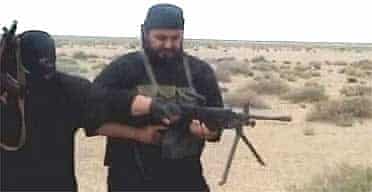
The Green Man, Pt. IV
BY GABRIEL FANELLI
The words of Colin Powell placed a $25M bounty on his head, equaling that of Saddam Hussein and Bin Laden. Eager to live up to the honor, The Green Man came up with attacks so violent it would earn him another nickname, The Sheikh of the Slaughterers. If Bin Laden wouldn’t let him play, he would have to start his own team. Their first foray into the war was a calculated attack on the embassy of his native Jordan in Iraq, which killed 14 and wounded 40 more. Sending a message to his homeland was only the beginning.
Shortly after the invasion of Iraq, the transitional Iraqi government requested United Nations assistance, which came in the form of UNAMI; The United Nations Assistance Mission in Iraq. They set up their offices in the Canal Hotel in Baghdad. High Commissioner for Human Rights Sergio Vieira De Mello had no idea a sweltering afternoon in August 2003 would be the end of his over three-decade long career which saw him overseeing the protection of human rights from Kosovo to East Timor. He certainly did not know it would also see the end of his life. As the relatively quiet day came to an end, an explosion leveled the Canal Hotel taking him and 21 others with it. The attack was orchestrated by Zarqawi and was only the beginning of his calculated targeting of western interests in Iraq.
A letter allegedly penned by Zarqawi was seized by coalition forces in January 2004 in which he took credit for the lion’s share of the attacks in Iraq since March 2003. He then released to messages to the world urging Muslims to travel to Iraq to join the holy war. Post assault searches of compounds by the U.S. military would reveal a slew of foreign passports on the bodies of the dead. His requests were being fulfilled at an alarming rate. The Sheikh of the Slaughterers made sure he was a household name.
The ranks of his militia were not just foreign fighters. In the wake of the invasion the United States issued a proclamation disbanding all federal Ba’ath Party positions, ending the careers of thousands of soldiers. A large number of these disenfranchised men found their way into the open arms of Zarqawi as a means to exact revenge. Several other Sunni extremist groups vied for leadership over the jihad. Ansar al-Islam (with whom Zarqawi had previous ties), Ansar al-Sunna, Salafiya Jihadiya, and the Abu Hafs al-Masri Brigades were the big-name players, but Zarqawi had designs on unifying them all under his brand and he knew just how to do so.
In April 2004 the first western hostages were taken in Iraq. Up until this time Zarqawi’s group almost exclusively utilized improvised explosive devices, car bombs and suicide bombs to conduct their attacks. Hostage taking was nothing new to the world, but Zarqawi’s group didn’t want anything in return for the hostages; not money, not action, not he simply wanted to terrify the enemy and motivate his following. Nicholas Berg would serve this purpose precisely.
The 26-year-old Berg was an American from Philadelphia who came to Iraq to expand his business. In March of 2004 he was detained by Iraqi Police in Mosul and questioned. He would reveal to FBI agents in Iraq that he entered Iraq through Jordan, an ironic detail not yet realized by anyone. Coalition Provisional Authority and FBI agents offered him safe passage out of Iraq – he refused. Fully aware of the danger he was facing, on April 9th he was kidnapped in Baghdad and placed into an orange jumpsuit. Zarqawi would do this with all his future victims as it was the same jumpsuit worn by those in Guantanamo Bay and he believed it would send a message to America.
Zarqawi stood in the middle of a group of five men clad in all black and wearing ski masks. They loomed over a clearly terrified Nicholas Berg who was bound and placed on his knees. He read from a piece of paper a diatribe that would harken back to a dream he had told his brother-in-law about before he left for Afghanistan. In his dream, a sword came down from the sky with the word jihad written on it. On that day, he told the world to “make jihad and brandish the sword the prophet has sent us.” Handing his paper off to one of the men next to him, he trades it for a blade. His men knock Berg on his side and Zarqawi begins crudely slicing through his neck.
Some experts theorize that an individual will lose consciousness within two seconds during a beheading. Berg’s screams go on for much longer. History of replete with examples of botched decapitations conducted by professional executioners requiring several swings. Zarqawi added an intimacy to the killing which was solidified by standing over Berg’s decapitated and bloody body holding the severed head like a prize. It was posted online by Ansar al-Islam with the title “Sheikh Abu Musab Zarqawi Slays an American Infidel.” This video had the desired effect, and by the end of 2004 there were 64 documented beheadings within Iraq similar to that of Nicholas Berg; 28 of them were filmed and published online.
Another Salafi group, al-Jamaa al-Salafiya pledged allegiance to Zarqawi two dats after the video was posted and Zarqawi called his new group Tawhid wa al-Jihad, after the slogan he had hung above the Herat camp. Zarqawi finally acquiesced to pledging allegiance to Bin Laden, and the two joined forces in October under the name al-Qaeda Committee for Jihad in Mesopotamia. By the close of 2004, over 700 deaths are attributed to Zarqawi, 40 of them being westerners like Nicholas Berg.
Bin Laden only agreed to merge with Zarqawi because he needed a presence in Iraq, and Zarqawi only agreed because he needed a support system. Yet his desire to act independently from AQ’s wishes, and more importantly the things he did with that independence, angered Bin Laden and his future successor, Ayman al-Zawahari. For the next year he would continue to anger AQ leadership. AQ had political ambitions, and they had no taste for his gruesome beheadings and indiscriminate killing of Shia Muslims.
He declared war on all Shia in Iraq in September 2005. He then dispatched dozens of suicide bombers all over Iraq to target Shia, and Americans. His anti-Shia campaign finally sparked the civil war he had wanted when he bombed the al-Askariya Shrine in Samarra in February 2006. Despite no deaths in the actual attack, the retaliatory violence from his attack one one of the holiest sites in Shia Islam saw over 1,000 dead the next day, and several hundred more followed in the coming weeks.
The next time Zarqawi would appear to the world was in April 2006 as he stood in the desert attempting to fire an American M-249 Squad Automatic Weapon. What was meant to show the world he was still relevant and tough showed just the opposite. He is wearing tennis shoes under his black outfit with a bandolier of ammunition across his clearly overweight midsection. For some reason he could only fire single rounds before the weapon jammed. He has to call an aide over to pull the charging handle for him before popping off a few more single shots. He turned and flagged everyone else around him before another fighter grabbed the hot barrel, subsequently injuring himself. To both the Americans looking to end his reign of terror and to AQ looking to get rid of the thorn in their side, it was time for Zarqawi to go.
Posting this video led to crucial intelligence which culminated in his death on June 7, 2006, when two 500-pound bombs were dropped on his safe house north of Baqubah. While this would be a satisfying end in and of itself for many who suffered at the hands of Zarqawi, Joby Warrick in his seminal work, Black Flags: The Rise of ISIS, says that Zarqawi was “conscious long enough to look into American eyes.” His last breaths were taken with American hands preventing his feeble attempts to escape by crawling away. Happy endings do exist.

